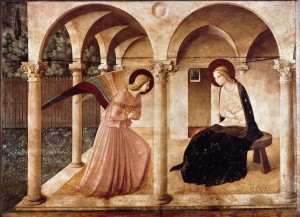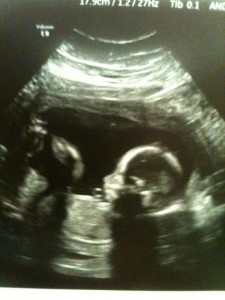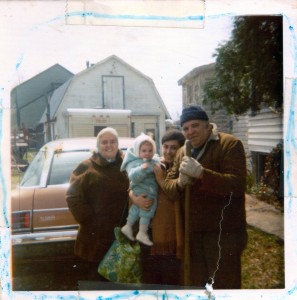
DO IT ANYWAY
People are often unreasonable, irrational, and self-centered. Forgive them anyway.
If you are kind, people may accuse you of selfish, ulterior motives. Be kind anyway.
If you are successful, you will win some unfaithful friends and some genuine enemies. Succeed anyway.
If you are honest and sincere people may deceive you. Be honest and sincere anyway.
What you spend years creating, others could destroy overnight. Create anyway.
If you find serenity and happiness, some may be jealous. Be happy anyway.
The good you do today, will often be forgotten. Do good anyway.
Give the best you have, and it will never be enough. Give your best anyway.
In the final analysis, it is between you and God. It was never between you and them anyway.
(This poem is inscribed on the wall of Blessed Mother Theresa’s children’s home in Calcutta, India. She and the Missionaries of Charity have made it popular. Mother Theresa is credited to have revised it from an original poem by Kent M. Keith. Mother Theresa’s version here is obtained from http://prayerfoundation.org/mother_teresa_do_it_anyway.htm)
Definition of charity
I used to think that the word charity meant welfare or a service organization. Dictionary.com defines charity as “generous actions or donations to aid the poor, ill, or helpless;” “something given to persons, a person or persons in need;” “alms;” “a charitable act or work;” “a charitable fund, foundation or institution;” “benevolent feeling especially toward those in need or in disfavor.” So when doing my taxes more charitable organizations always seemed like good news to me.
It wasn’t until journeying into my faith that I discovered that the word for charity also carries huge spiritual significance. Charity, a theological virtue, is synonymous with love. According to the Catholic Encyclopedia charity is defined as: “a divinely infused habit, inclining the human will to cherish God for His own sake above all things, and man for the sake of God.”
So essentially, the true spiritual significance of charity centers on God as the source, the reason, and the end result. Charity’s origin is by divine infusion in that it is a gift from God. Charity’s seat is in the human will. Although sometimes tempered by emotions, charity is essentially an act of the rational will and is not to be confused with our passions. Charity is a specific act and is an outgrowth of one’s relationship to God that spills out to others. Ultimately charity comes from God who is love.
So then are we ever really self-less?
I have often heard it said that no matter what we do, at the heart of it there is some motive for selfish gain. Whether it be for additional deductions on one’s tax return, respect from one’s peers and the community, and/or a cushy seat in heaven next to Jesus. Even I have heard some people say that heaven doesn’t sound like that much fun if it involves sitting on clouds playing harps or praying the rosary all day. Honestly, heaven probably isn’t very much fun if one doesn’t care about ever loving God. However, I have heard it say that hell is a state of complete absence of love. Something to think about, especially if God = love!!
St. Bernard and the four levels of love
St. Bernard of Clairvaux, in his classic work On Loving God, describes different levels of charity that a person can achieve in his or her own spiritual journey.
The first degree of love is a person loves him or herself for his or her own sake.This is based on a person being unable to see beyond anything but him or herself. This is a selfish type of love and can be largely materialistic and narcissistic.
The second degree of love is a person loves God for his or her own benefit. This is where one might turn to God to save one’s own neck out of desperation. This relationship is based on what God can do for a person.
The third degree of love is that a person loves God for God’s sake. A person starts to see God for more than just a benefactor but starts to get caught up in awe and the “taste and see that the Lord is good”. This person sees God for who He is and not just what can be obtained.
The fourth degree of love is that person loves him or herself for the sake of God. This one is the most difficult to understand and usually is not obtainable while on this earth and in this life. St. Bernard states: “I would say that a man is blessed and holy to whom it is given to experience this sort, so rare in life, even if it be but once and for the space of a moment.” This is indeed the level where one is indeed free from all selfishness. One loves oneself in God. I personally notice that it is very interesting that the ultimate goal is to be able to love oneself in God. This really speaks to how much God really loves each one of us! Self love is good when it is through love of God.
Charity is almsgiving
When does love of God become love of neighbor? In this season of lent we focus on almsgiving which is an outpouring of charity for others from our love for God. I chose to include the video of Mother Theresa in this post because her example of charity speaks loudly of how love for God pours out into our love for others.
After all, God is Love (1 John 4:8).













